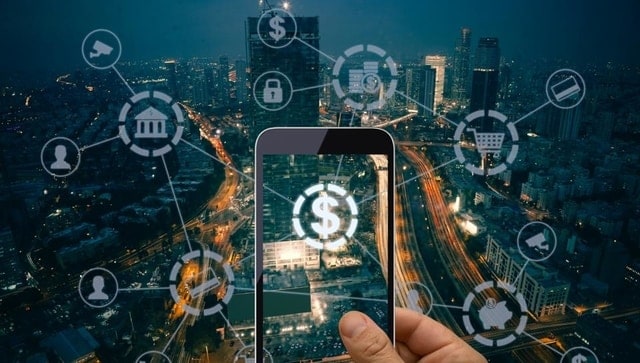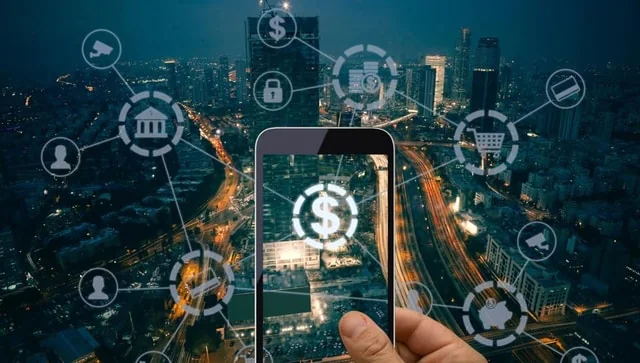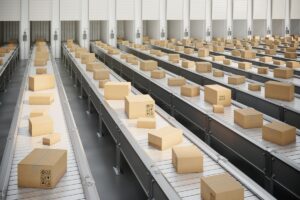National Technology Day: Today technology is shaping sustainability and enabling advanced levels of productivity and efficiency

Representational Image. Forbes
Sustainable development is a field that has been studied for many years and it’s still not easy to define. It continues to evolve and change, as the world changes. The duality of sustainability presents two major aspects – economic development, which ensures that the economy grows while not degrading natural capital, and environmental preservation, which ensures that ecological resources remain available without being degraded. So, how do we maintain these opposite forces?
The answer perhaps lies in the annals of science. Science has always helped mankind understand and outface the origins, characteristics and consequences of global problems. As the climate clock continues its threatening ticking, finding solutions to these problems, and expounding the complex chains of cause and effect of their interlinkages, requires a coordinated effort by scientists, engineers, and policy-makers.
Sustainability, today, requires transformation and most organisations are discovering how to consolidate new technologies and new measures to proceed with their social-ecological development and framework. Technology is shaping sustainability and enabling advanced levels of productivity and efficiency. Advances are being made to meet the needs of the present without compromising the ability of future generations to meet their own needs.
A holistic intercession
Sustainability, however, is not just about environmental conservation. It is also about social and economic justice. To be truly sustainable, we need to address the root causes of environmental degradation and poverty, which often go hand-in-hand. We can no longer afford to simply band-aid the symptoms of these problems – we need transformative solutions that will address the underlying issues.
The dichotomy of two seemingly contradictory goals – protecting our planet and its resources, while also ensuring a good quality of life for all its inhabitants – can be a difficult tightrope to walk, but it is one that we must start navigating if we are going to create a sustainable future for all.
There are a number of ways to measure the sustainability of an organisation. Many organisations use a triple bottom line approach, which takes into account the social, environmental, and economic impact of their activities. Others use a more holistic framework that includes indicators such as employee satisfaction, community engagement, and environmental stewardship.
No matter what approach you use, it is important to remember that sustainability is not a static goal. Organisations must continually strive to improve their performance in all areas of sustainability in order to remain relevant and responsive to the ever-changing needs of our world.
There are many processes necessary for sustainable development, but some of the most important include reducing greenhouse gas emissions, protecting natural resources, and promoting social equity. To achieve these objectives, we need to transform our energy systems, our transportation systems, and the way we produce and consume goods. We also need to change the way we think about development, moving away from a linear model that takes resources from the earth and dumps waste into the environment, to a more circular model that respects the planet’s limited capacity to provide for us. Only by making these changes can we hope to achieve a sustainable future.
The art of artificial intelligence
Rapid technology improvements and decreasing costs of renewable resources, along with the increased competitiveness in the sector driven by disaster-unleashing climate changes, have made renewables one of the most competitive energy sources in many areas.
Information technology has always played a central role in implementing sustainable development. It can help us to use resources more efficiently, to reduce pollution and waste, and to develop cleaner technologies. It can also help us to communicate and coordinate more effectively so that we can make better decisions about how to use our limited resources.
Artificial intelligence (AI) and machine learning can help us achieve this transformation. AI can assist in the development of more efficient and sustainable energy systems, as well as help us to better understand and manage environmental risks. Machine learning can also be used to develop new materials and products that are less damaging to the environment.
In addition, AI and machine learning can help us to improve the efficiency of our production systems, leading to less waste and pollution. And, by reducing the need for human labour, these technologies can help to reduce greenhouse gas emissions.
Ultimately, AI and machine learning offer a powerful tool for sustainable development. By using these technologies, we can develop more sustainable systems and practices that will benefit both our environment and our economy.
While there is still much work to be done, the potential for these technologies to improve our sustainability efforts is immense. We are hopeful that this report will help spur further innovation in this area and encourage more organisations to embrace AI and machine learning as powerful tools for change.
The duality of sustainability requires responsible and viable innovation if we are to achieve true sustainability. This means that we must simultaneously work to improve our environmental and social conditions while also working to change the way we live, consume, and produce. It is a daunting task, but one that is essential if we want to create a sustainable future for all.
The author is MD, Enso Group. Views are personal.
Read all the Latest News, Trending News, Cricket News, Bollywood News,
India News and Entertainment News here. Follow us on Facebook, Twitter and Instagram.










